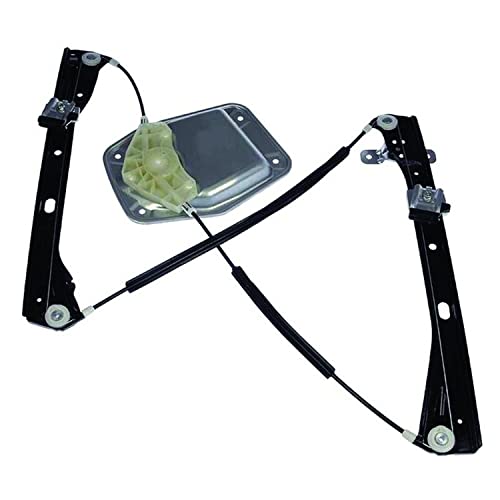- Joined
- Feb 25, 2021
- Messages
- 99
- Reaction score
- 30
- Location
- Deal
- Year of Your Van(s)
- 1970
- Van Type
- Danbury Tintop
Hi, second thread of the night! I’ve just pulled my engine to deal with a leaky bell housing. The culprit is the gearbox input seal not the crank…..anyway, according to the build file by Kingfisher Kustoms my motor apparently has a chromoly counterbalanced crank and lightweight chromoly flywheel. Std cam, it had a sorry looking single Weber 44idf, and was running like a pig When I got it. I have fitted a rebuilt solex 34 pict-3, so now pretty much a stock motor. I don’t like the idea of a light flywheel on a bus, and you do have to be careful of stalling sometimes, so have looked at a VW (brazil) stock flywheel from VW heritage. However they list the weight as 7.15kg, and the light one I have is listed as 6kg….. doesn’t seem much difference to me.
Any thoughts or personal experience anyone?
Any thoughts or personal experience anyone?






























